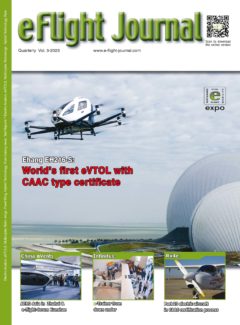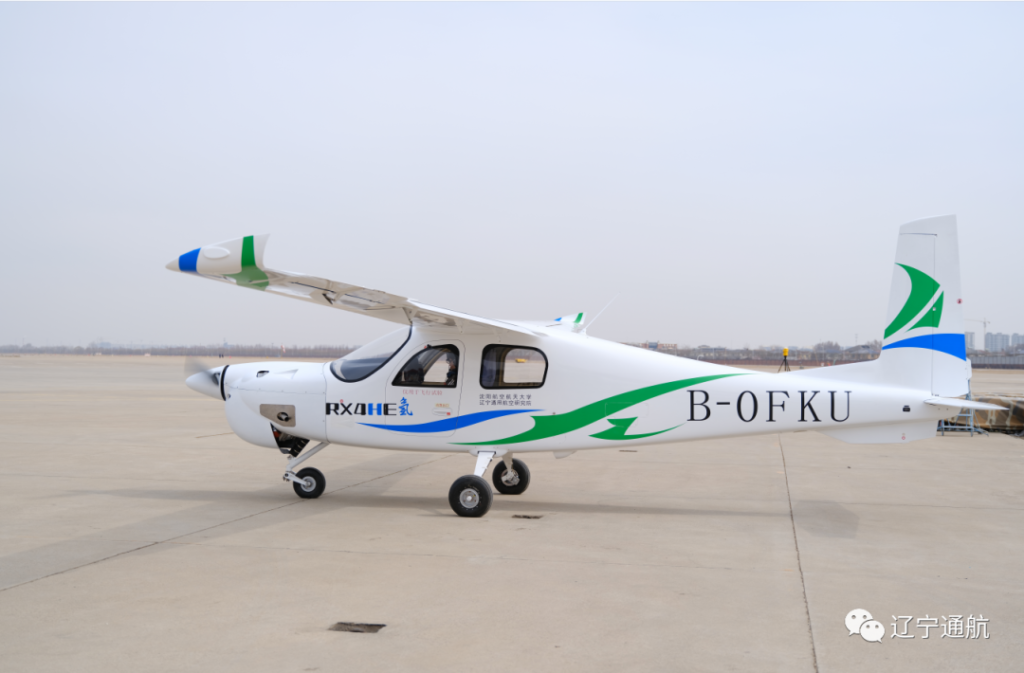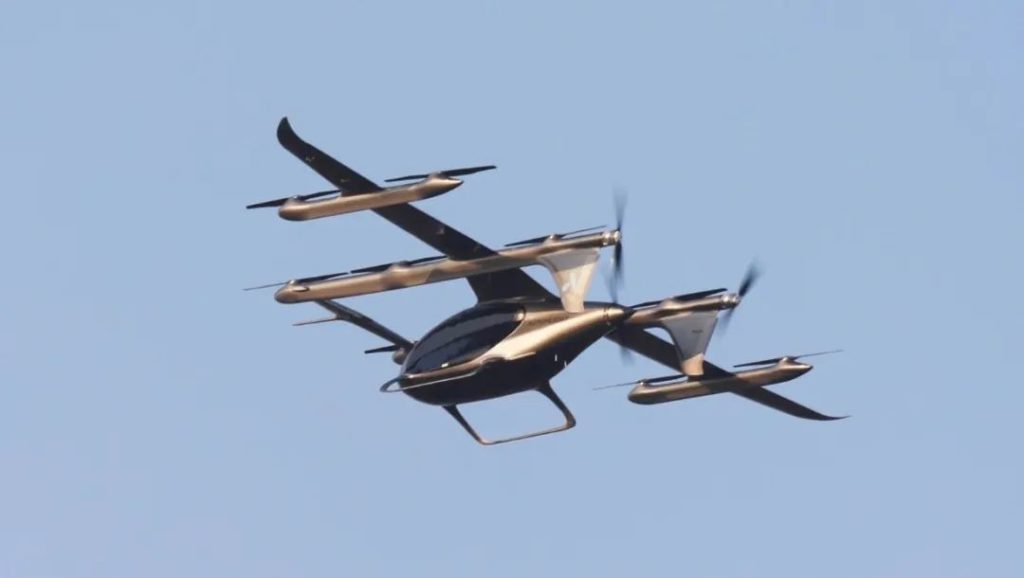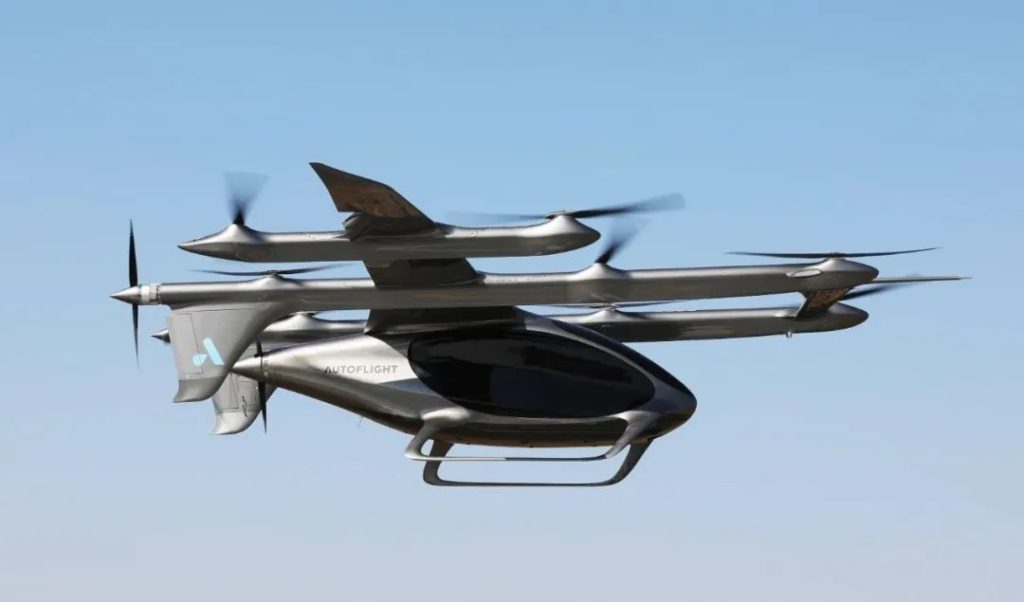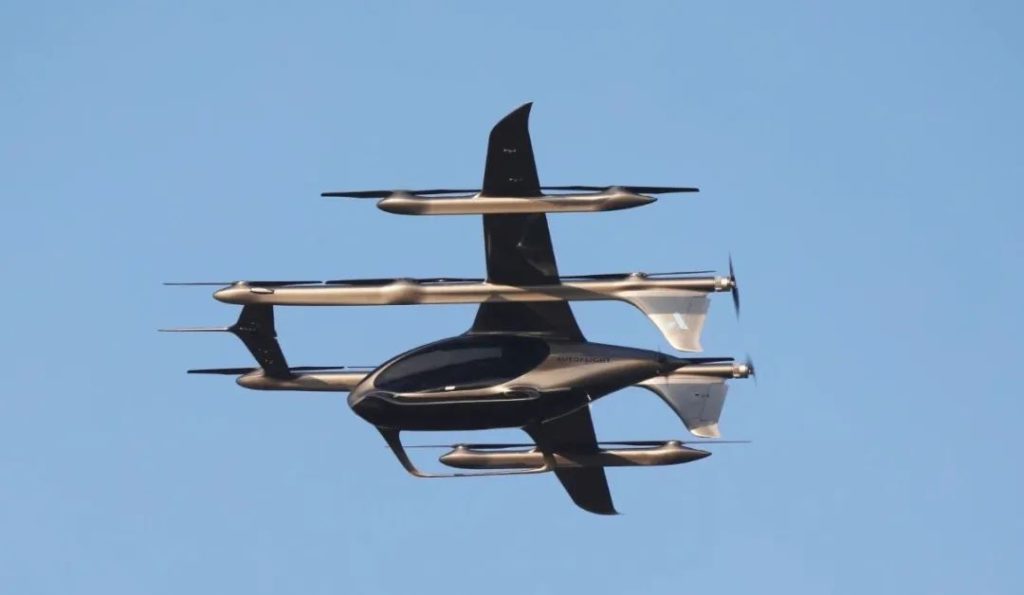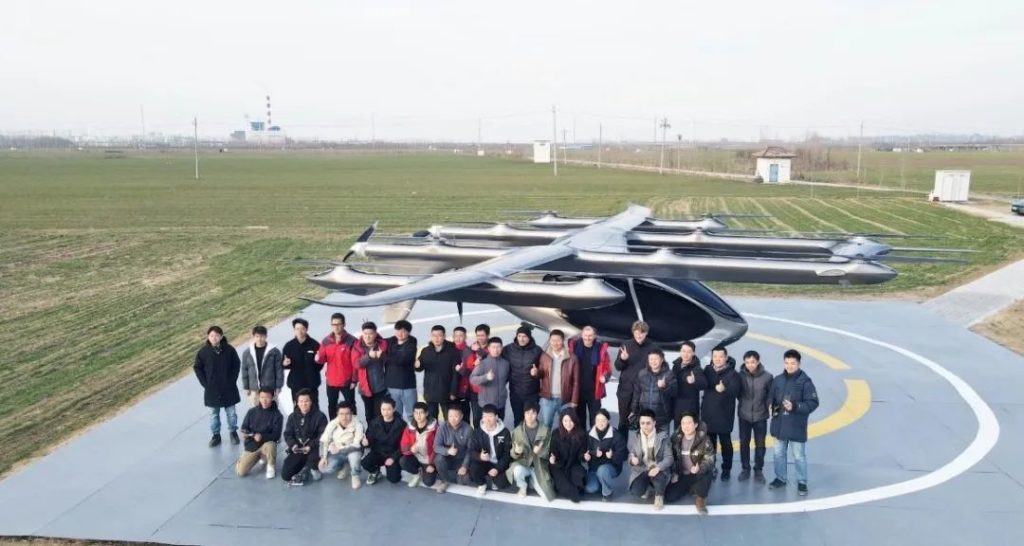Last week at the prominent technology trade show Viva Technology in Paris the French startup Zapata revealed its latest design “AirScooter” single-seat eVTOL.


The Airscooter can reach a cruising speed of 80 km/h, with a top speed of 100 km/h. Weighed at 115 kilograms empty, it is thus qualifed as Part 103 ultralight of FAA in the US which does not require an airworthiness certificate for sale nor a pilot license to use. It can carry a maximum load of 120 kilos, can achieve a range of up to two hours, much more than exclusively electric aircraft, thanks to a hybrid electric and combustion engine, with an 18.9-litre tank.
The company does not plan to sell AirScooter to individuals at this moment. Instead, it will be offered in flight centers in the United States, with the first flights planned for 2024 in Arizona, the US. The whole flying experience will include an introduction in virtual reality, training in a simulator, then a 40-minute flight under the close supervision of an instructor.
The creator of AirScooter, Franky Zapata, is famous for unconventional but creative air vehicle. He is the inventor of the jet-powered Flyboard. Down the road Franky Zapata is looking forward to have the AirScooter transform not only leisure, but also daily commute by offering an affordable air travel alternative. In this way, the company hopes to contribute to relieving congestion in cities and reducing traffic congestion. To do this, it will be able to rely in particular on the industrial site it has just installed in Châteauneuf-Les-Martigues, from which it intends to eventually produce 1,000 AirScooters per year in series.
For more information: https://www.zapata.com
